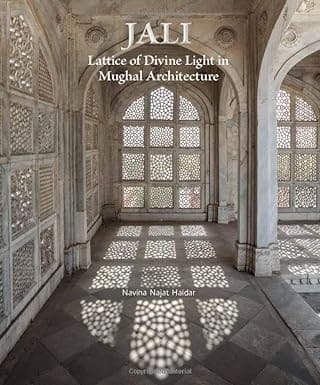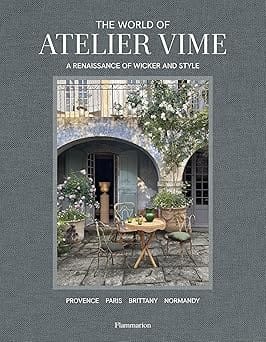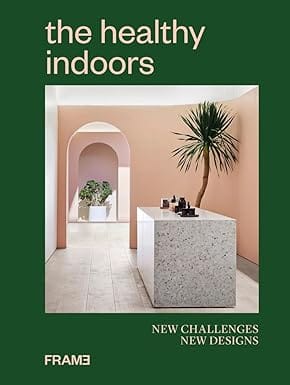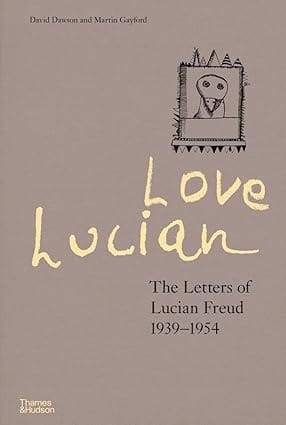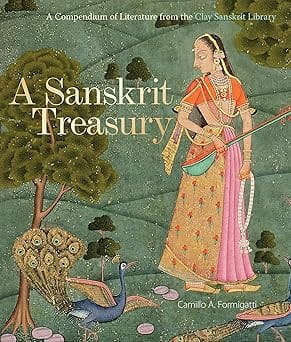-
Contemporary Fiction
- Contemporary Fiction
-
Children
- Children
-
Comics & Graphic Novels
- Comics & Graphic Novels
-
Non-Fiction
- Non-Fiction
-
Fiction
- Fiction
About the Author
Navina Najat Haidar is Nasser Sabah al-Ahmad al-Sabah Curator-in-Charge of the Department of Islamic Art at The Metropolitan Museum of Art. Mitchell Abdul Karim Crites is an American art historian, who has lived and worked in India for more than fifty years. George Michell, an authority on South Asian architecture, has made the study of Deccani architecture and archaeology his life’s work. Ebba Koch, art and architectural historian, has been a professor at the Institute of Art History in Vienna, Austria. Abhinav Goswami, based in Vrindavan, is trained as an archeologist, photographer and temple priest.
- Home
- Coffee Table Books
- Jali Lattice Of Divine Light In Mughal Architecture
Jali Lattice Of Divine Light In Mughal Architecture
SIZE GUIDE
- ISBN: 9789385360749
- Author: Navina Najat Haidar
- Publisher: Mapin Publications
- Pages: 272
- Format: Hardback
Book Description
About the Author
Navina Najat Haidar is Nasser Sabah al-Ahmad al-Sabah Curator-in-Charge of the Department of Islamic Art at The Metropolitan Museum of Art. Mitchell Abdul Karim Crites is an American art historian, who has lived and worked in India for more than fifty years. George Michell, an authority on South Asian architecture, has made the study of Deccani architecture and archaeology his life’s work. Ebba Koch, art and architectural historian, has been a professor at the Institute of Art History in Vienna, Austria. Abhinav Goswami, based in Vrindavan, is trained as an archeologist, photographer and temple priest.
User reviews
NEWSLETTER
Subscribe to get Email Updates!
Thanks for subscribing.
Your response has been recorded.

India's Iconic & Independent Book Store offering a vast selection of books across a variety of genres Since 1978.
"We Believe In The Power of Books" Our mission is to make books accessible to everyone, and to cultivate a culture of reading and learning. We strive to provide a wide range of books, from classic literature, sci-fi and fantasy, to graphic novels, biographies and self-help books, so that everyone can find something to read.
Whether you’re looking for your next great read, a gift for someone special, or just browsing, Midland is here to make your book-buying experience easy and enjoyable.
We are shipping pan India and across the world.
For Bulk Order / Corporate Gifting
 +91 9818282497 |
+91 9818282497 |  [email protected]
[email protected]
Click To Know More
INFORMATION
POLICIES
ACCOUNT
QUICK LINKS
ADDRESS
Shop No.20, Aurobindo Palace Market, Near Church, New Delhi

